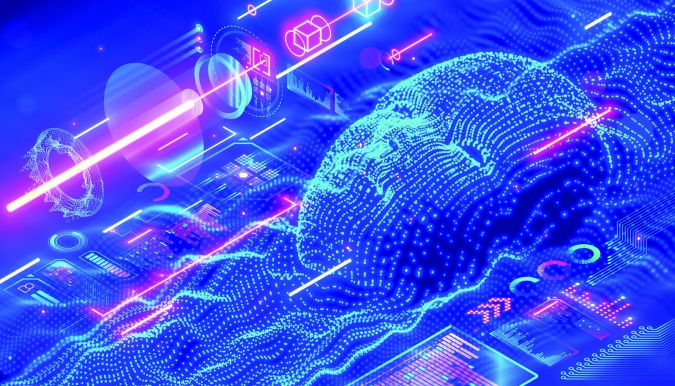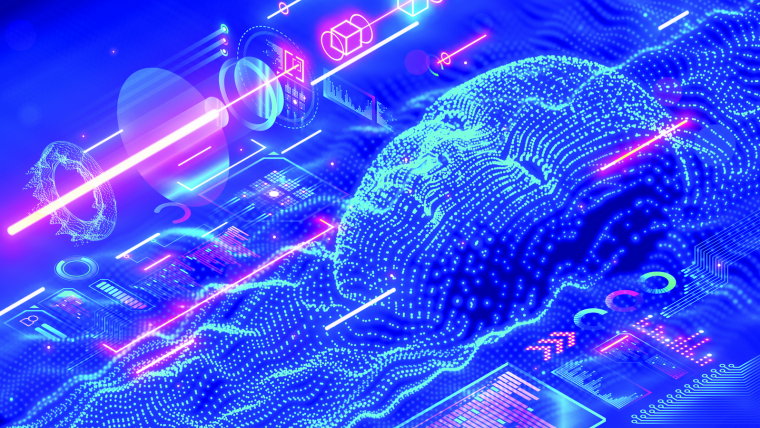Some human thoughts on artificial intelligence
As AI increasingly becomes a vital element in today's mapping solutions, Wim van Wegen ponders its transformative power for our industry, and the prospect of it evolving into artificial consciousness in the future.
Artificial intelligence (AI) has attracted significant attention in our profession in recent years. And it’s easy to understand why the role of AI in the geospatial industry is discussed so frequently at conferences, trade shows and in publications like GIM International; it has the potential to transform the way we gather, process and analyse spatial data. In fact, it has already become a vital element in many mapping solutions. But as I sit down to write this editorial column, I can‘t help but ponder the deeper philosophical questions that arise in this context.
Let’s start with the basics: What is ‘intelligence’? It is a complex concept, but it can be broadly defined as the capacity to learn, understand, solve problems and adapt to new situations. In humans, intelligence includes abilities such as language comprehension, memory, spatial reasoning and decision-making. It would be very arrogant to think that humans have a monopoly on intelligence, of course! Indeed, many species of animals, birds, fish and insects are often more intelligent than we give them credit for. Swarm intelligence is a well-known natural phenomenon, for instance. In another example, some crows have learned to place nuts in front of the tyres of stationary cars at traffic lights, so that they are cracked open for them as the cars move off. And creatures such as raccoons are known for having a good memory and strong problem-solving abilities, as demonstrated in various scientific experiments.
So how does AI differ from natural intelligence? AI actually aims to imitate human intelligence, gathering and processing information, identifying patterns and learning from experience to improve its own performance over time. The idea behind AI technology is to enable machines to ‘think’ like humans so that they can function independently and perform tasks that would normally require human cognitive abilities. There seems little harm in this, providing that all this intelligence is used for good things and contributes to progress in positive ways. However, as we have seen in humans, while intelligence is a remarkable gift, it does not necessarily equate to good moral character. As conscious beings, we have the power to use our intelligence to engage in negative behaviours such as bullying and aggression, and to harm the planet. Meanwhile, animals – despite sometimes having advanced levels of intelligence – are often guided by instinct, meaning they have less conscious control over their actions.
This leads me to wonder how much control AI-driven solutions have over their own behaviour? And what if, at some point in the future, AI evolves into artificial consciousness (AC), so that machines possess self-awareness and sentience? While there’s currently no clear view of when AC could become a reality, it’s important to consider the implications. Could AI surpass human intelligence? Could machines become sentient beings? And if so, could we – as humans – lose control?
The future of AI holds many unknowns. But refocusing on our own profession for now, it is clear that AI is not just a hype, but rather a transformative force that is fundamentally altering the nature of geospatial work in numerous ways – such as by enabling automatic object recognition in point clouds and facilitating advanced data analysis. The convergence of AI, big data and computing power has created the right circumstances for a technological revolution in the geospatial industry. I will leave it to the philosophers to debate on the broader impact of AI on society and the future of the world. In the meantime, I will take a moment to truly appreciate the intelligent behaviour of the birds in my garden.


Value staying current with geomatics?
Stay on the map with our expertly curated newsletters.
We provide educational insights, industry updates, and inspiring stories to help you learn, grow, and reach your full potential in your field. Don't miss out - subscribe today and ensure you're always informed, educated, and inspired.
Choose your newsletter(s)
























